-

Photo by Thomas Loof.
-
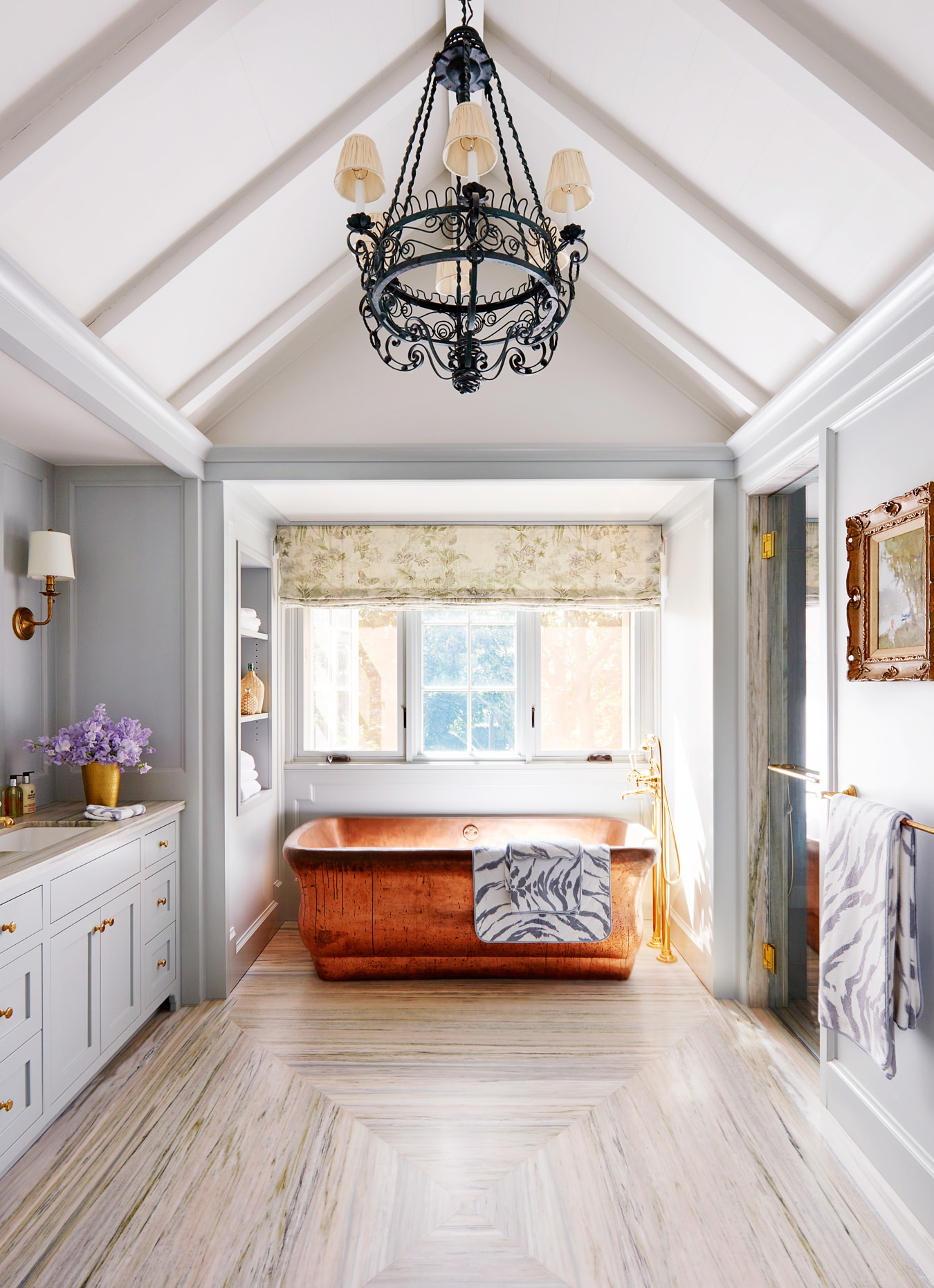
Photo by Thomas Loof.
-
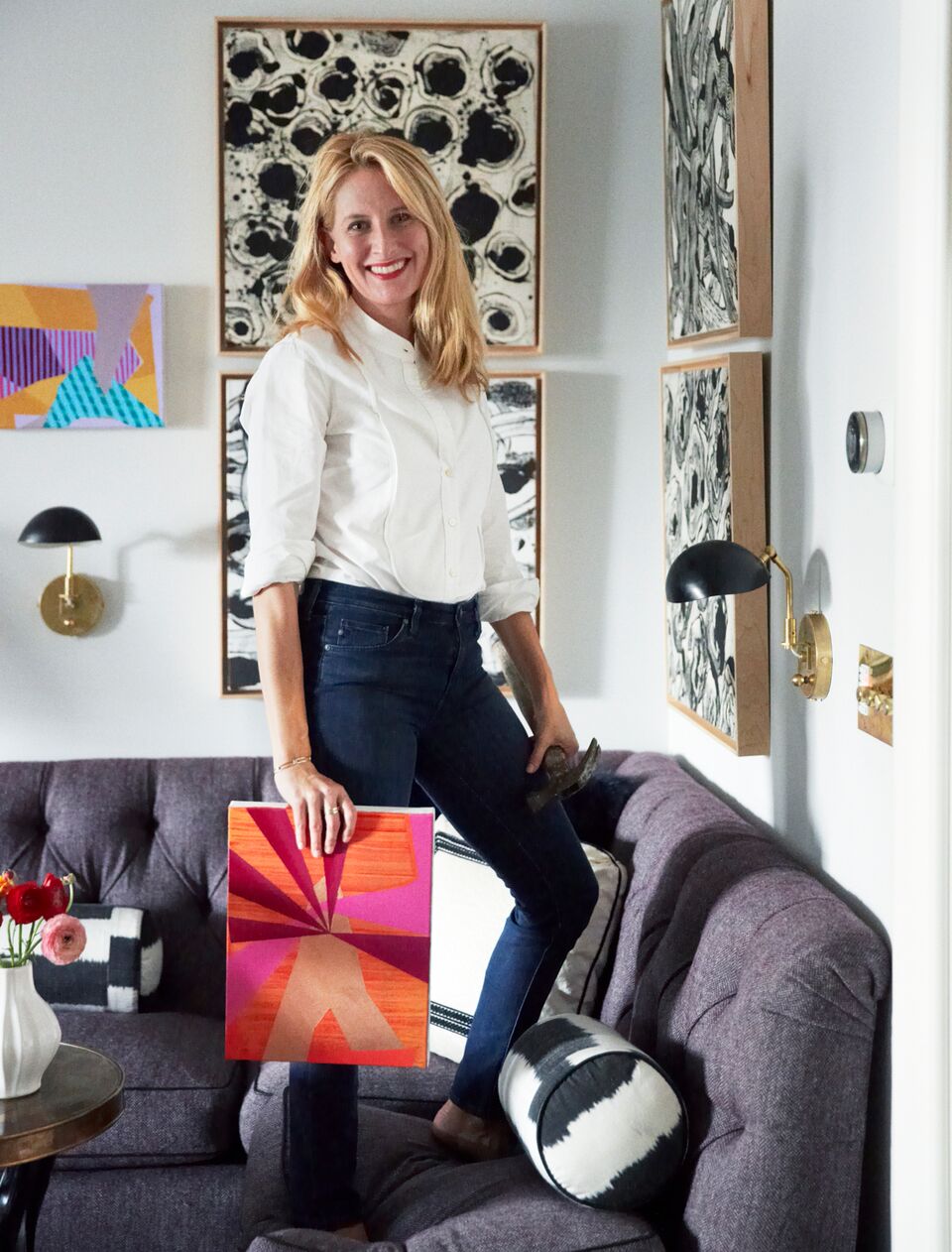
Photo by Francesco Lagnese.
-
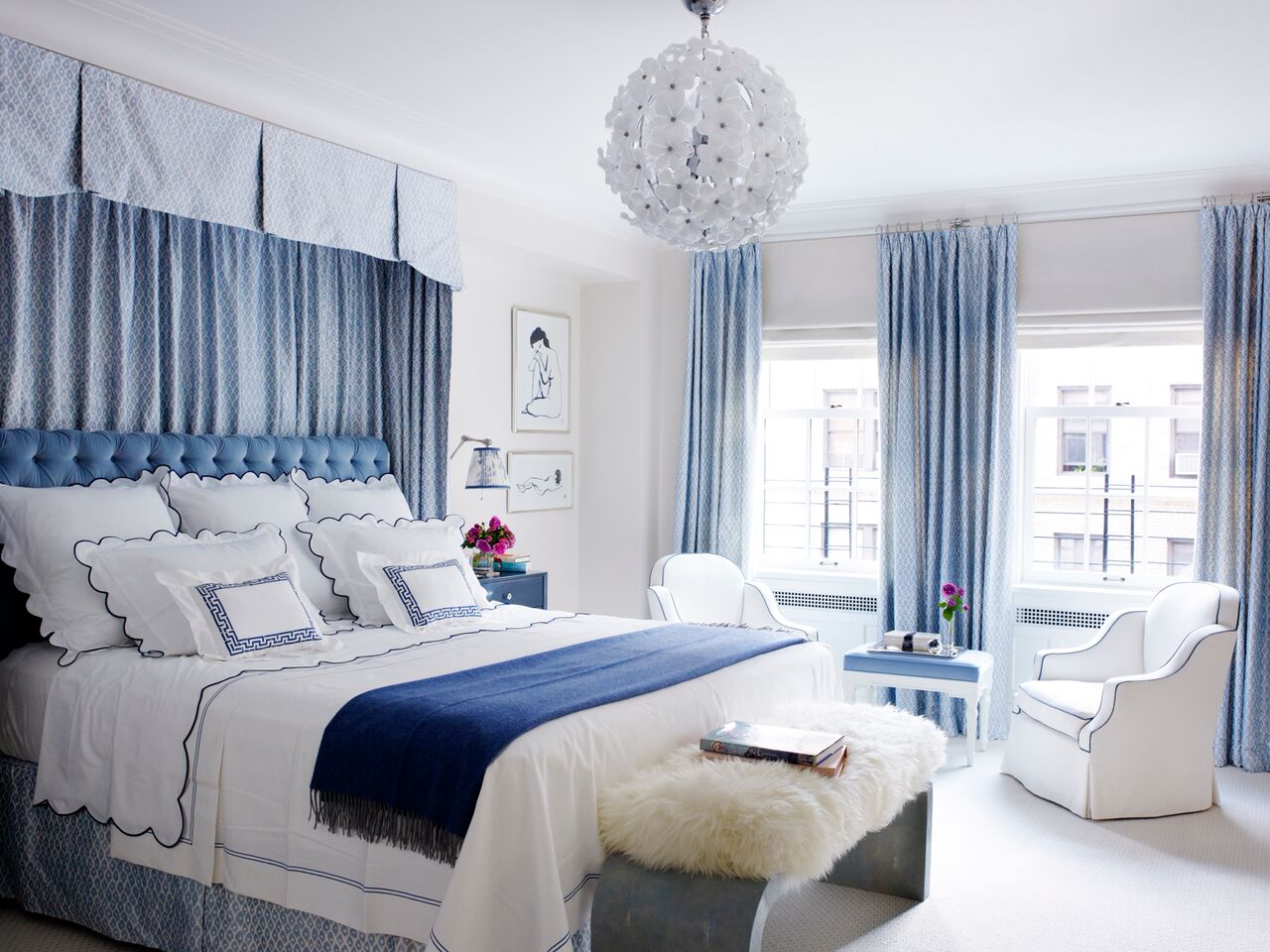
Photo by Francesco Lagnese.
-
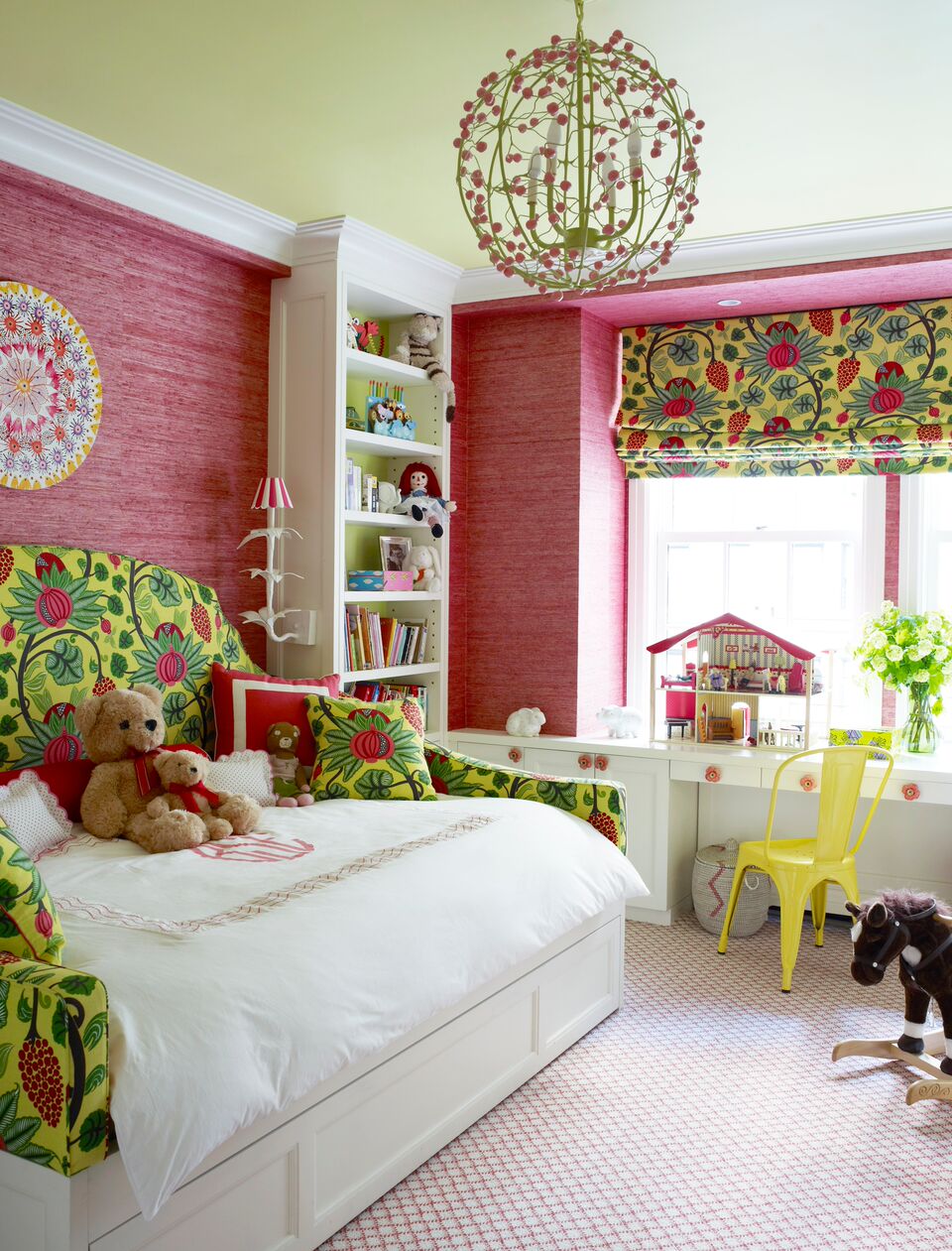
Photo by Francesco Lagnese.
-
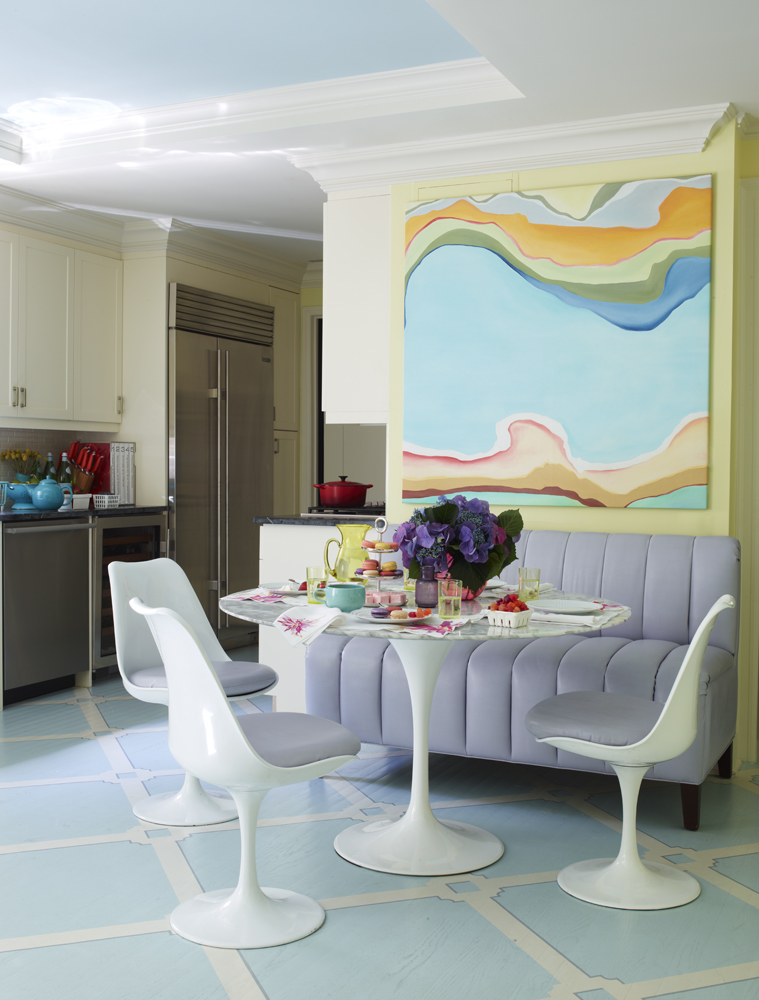
Photo by Simon Upton.
-

Photo by Thomas Loof.
-

Photo by Francesco Lagnese.
Celerie Kemble
Interior design darling.
Interior designer Celerie Kemble doesn’t need to call a colour by its name to name it. Her descriptions of hue are, instead, evocations of an emotional fragment: a summer’s end sun-bleached blonde, the aquarelle tints of hand-painted photographs, or a swimsuit faded by the sea. Even Kemble’s most minimalist and sober New York City apartments are dense with texture, pattern, and play.
Kemble Interiors—which has offices in New York, Palm Beach, and London—was founded in 1982 by Kemble’s mother, Mimi Maddock McMakin, who became known over the course of four decades for her synthesis of whimsy and restoration. Today her daughter, born Cecilia, is a partner in the firm, running the New York office with a team of eight women, having learned everything on the job. And yet, while Kemble has only a decade to look back on, Clarkson Potter published her first monograph, Celerie Kemble: To Your Taste, in 2008 and followed it up with Black and White (and a Bit in Between) three years later. Kemble has contributed to campaigns for J.Crew and Benjamin Moore, and created a dining table for Henredon inspired by an old Maison Jansen trolley. She has designed to-the-trade fabrics and wallcoverings for Schumacher, floor coverings for Merida, case goods and upholstery for Henredon, lighting and home accessories for Maitland-Smith, floor tiles for Mirth Studio, and outdoor furniture for Lane Venture.
But when she graduated from Harvard back in 1995, Kemble began her professional life in film. It was while setting up her production office that she realized how much she enjoyed design as a more personal, more intimate practice than filmmaking. “I liked the process,” she recalls. “Setting up that office told me how I wanted to spend my time—hunting and creating, rather than organizing.” And so Kemble joined her mother at her office in Florida in 1998 and a year or two later began to respond to the queries of friends in New York City who were buying their first apartments. She moved to Manhattan to open an office. “Even though I had no experience, I was taking on projects,” she says. “My mom was very brave in letting me go and learn as I worked.”
Kemble found design to be very different from film. “Design is about how your body is going to feel and touch the things that surround it. All of the senses have to be taken into account in order to decorate a room,” she explains. “It’s more about an imagined experience—it’s more multisensory than film and less visual. It’s not about having a cinematic imagination, it’s about being a nerve ending. I find TV sets and movie sets and theatre sets something I really try to avoid decorating. If something feels like a set, the humanity or the sense of ownership is lost. A set is made to be perceived by everybody the same way, while home decor has to be perceived from a million different points of view.”
“Design is about how your body is going to feel and touch the things that surround it,” says Kemble.
The New York office does 10 homes per year, and on a typical day Kemble’s priorities shift throughout (she has three children, Rascal, Zinnia, and Wick, ages 10, eight, and six). “The morning is about launching, feeding, dressing,” she says. “And then I usually spend 80 per cent of my day running around. My phone becomes my desk. I’m in Ubers or taxis going between clients and shopping. In New York, the challenge is that everything is happening all at once.”
Kemble filters her design process through two “funnels”: the client and her own inspirations. She attends fairs like Art Basel (“always exhilarating”) and Design Miami, design conferences where she can speak with her peers, and she is constantly shopping, including, insatiably, on the site 1stdibs.com, and at markets anywhere. “I can’t miss a flea market or a yard sale,” she confesses. “I’m like a dog—driving by with my nose pushed up against the glass.” In December, she travelled to Cuba, where she saw “patinas and what decay does to beauty,” she recalls. “After a trip like this—and I travel most weekends—I synthesize all these impressions and bring them back, as something new, to the client.”
The design process usually begins with surfaces, including textiles, wallpaper, and rugs. “I love fabrics and try to start with the fabric story in the room,” she says. “Furniture seeks its own place. You can have all different kinds of furniture, and you know your practical needs from the start. Furnishings are the boxes in the crossword puzzle—they’re set. But what’s open ended is the degree of texture, pattern, and colour to be used.”
Her mother, Mimi, who completes roughly 10 projects each year in Florida, coached her daughter about quality and comfort, Kemble says. “She taught me all the things that are my baseline of what’s right.” Her other inspiration is Palm Beach. In fact, the personality of Palm Beach is palpable in much of her work. “It has a playfulness and a sense of second-home folly,” Kemble says, a combination of extravagance “with a lack of self-restraint.”
“Furnishings are the boxes in the crossword puzzle—they’re set,” says Kemble. “But what’s open ended is the degree of texture, pattern, and colour to be used.”
Palm Beach might be called the keystone in Kemble’s Playa Grande Beach Club, a boutique resort tucked between the jungle and the sea in the Dominican Republic, of which she is a co-owner. It is a motley medley of historic Dominican Victorian architectural elements and the frill of a Florida garden. “There, all of our underlying colours were faded bathing suit colours,” says Kemble. Her team overlaid Belgian linens in various pastels, outdoor fabrics with ikats, and embroidered fabrics, as well as antiques from India, Uzbekistan, and Indonesia. To these, she added Dutch wax prints and African clothing fabrics, which she describes as “kooky and magical. They’re so bold and theatrical that, in most places, they’d take over, but against a tropical jungle in the Dominican Republic, they don’t feel out of whack,” she says. “The more we layered, the more the space neutralized itself. It became a fun, jumbled scene, not actors screaming lines at each other.”
The Playa Grande Beach Club is one of the only projects Kemble has done in 18 years for which she was, essentially, her own client, one of those jobs that would be the answer to the question, What would you do if you could do everything you wanted? “I want people to feel somewhat undressed down there,” she explains. “Very carefree, aware of, and participating with the outdoors, where the bugs, the breeze, and the sand are all welcome inside, and where it’s okay to eat with your fingers and not wear shoes.”
In general, Kemble’s work isn’t overwhelmingly identifiable as hers; it is, instead, more “of the essence” of her clients, which is, she points out, as it should be. “I think that my clients change me. They change my taste,” she says. “I have to put their glasses on and see through them, and then I’m never the same again.”
Photos by Thomas Loof.
________
Never miss a story. Sign up for NUVO’s weekly newsletter.




